Curiosities of the Human Body Part 2
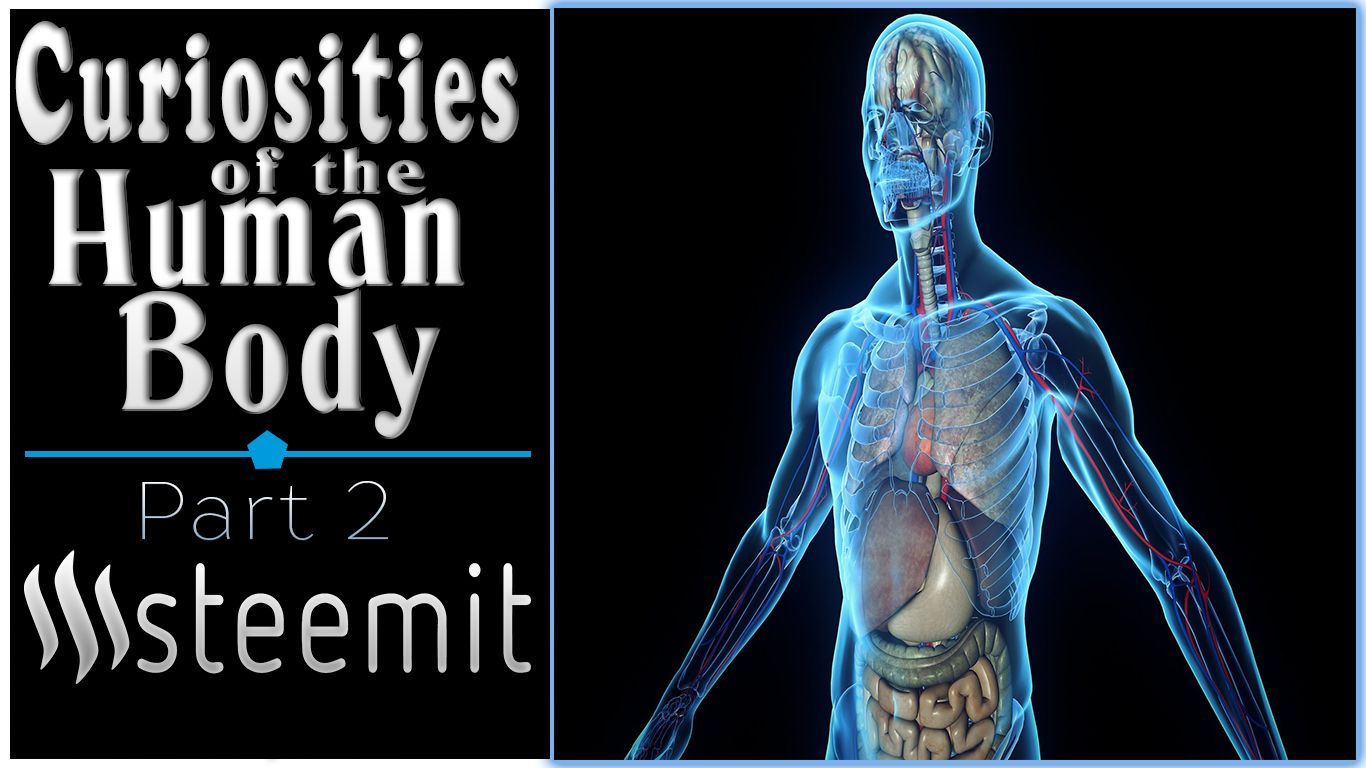

Nature has given our body a complex system of organs that work in harmony to make us function as a species. Without these structures our body would be only a cluster of inert flesh and bones. Some of these organs have been losing importance for our existence, and have been relegated in the evolutionary past of the human being.
In 1893 Robert Wiedersheim published a list of 86 human organs whose function was unknown, were considered a vestige of our evolution and that until today are a subject very disputed by the scientific community. They were called "Vestigial Organs."
At present this list has been diminishing and the human organs considered as vestigial is much smaller. An organ or part of the body is considered vestigial when its size or functionality is diminished bordering the uselessness.
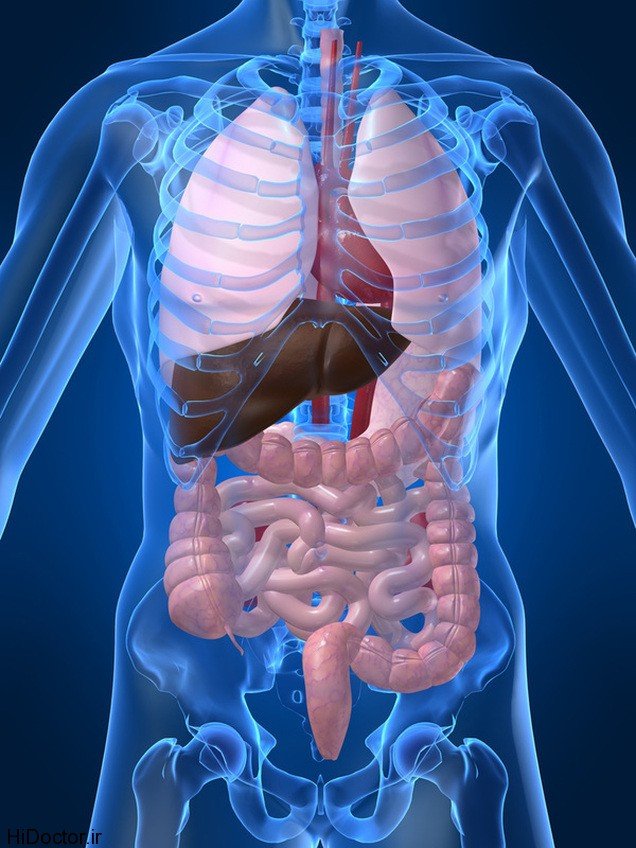
Two concepts or definitions more generalized from the biological point of view we can see them below:
“Living creatures, including man, are virtual museums of structures that have no useful function but represent remains of organs that once had some use. A vestigial organ is defined as one that has lost its function in the course of evolution, and is usually very small in size”.
“An organ without function and generally reduced in size, but that has some similarities with the fully functional organs found in related organisms. Examples include the wings of birds that can not fly, snake tip girdles, appendages and ear muscles of humans, and scale leaves of parasitic flowering plants. It is believed that the presence of vestigial organs indicates that the organism's ancestors possessed organs that functioned fully”.
In some cases the vestigial organs are not 100% useless structures, rather, they possess functionality but without an important role in the human body, compared with their animal counterpart.
In some cases, these organs exist in a percentage of the human population, samples that others appear in all humans.
In this article we will talk about some of these organs that no longer have an apparent function in our body, but they are there as a trace of our evolution as a species.
The Appendix
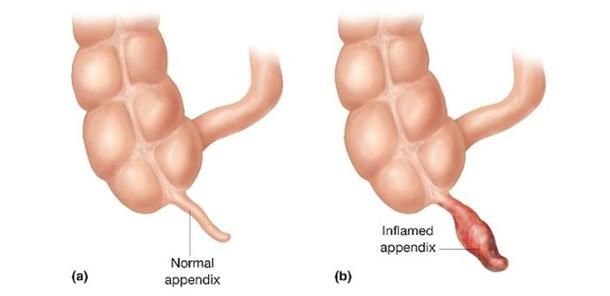
This is the best known vestigial organ, it has been debating for a long time about its function in our body. Its full name is Vermiform Appendix and is located near the point of union of the small intestine and the colon.
Much has been speculated about the function it performs; Some believe that its function was to digest the cellulose of the vegetables that ate our herbivorous ancestors, the truth is that in us currently does not serve any purpose. But some scholars claim that it can retain the function of storing bacteria for the regeneration of our intestinal flora.
For some people, their existence is noticed only when infected and produces a severe pain that requires immediate medical attention, ending in a surgical treatment called appendectomy where it is excised.
Coccyx
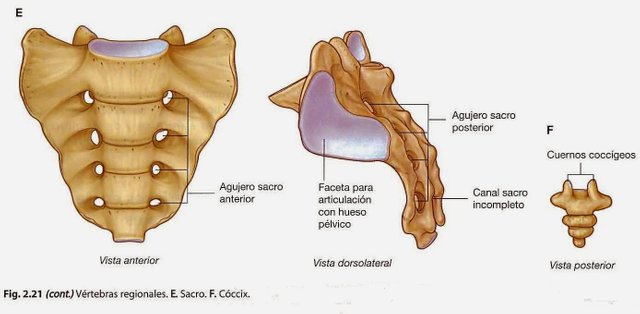
This is a bone located at the end of the spine under the sacrum bone, is short, symmetrical and could be the vestige of an ancient tail in the human. In fact, in one of the embryonic stages of the human being can be appreciated a small tail that is later retracted, becoming the most advanced stages in the coccyx that we all know.
There are cases where people develop this extension of the bone of the coccyx that resembles a tail, which gives rise to the theory of perhaps thousands of years ago the human mammals when starting to walk upright no longer needed this tail, which was atrophied And running out of function.
Wisdom Teeth
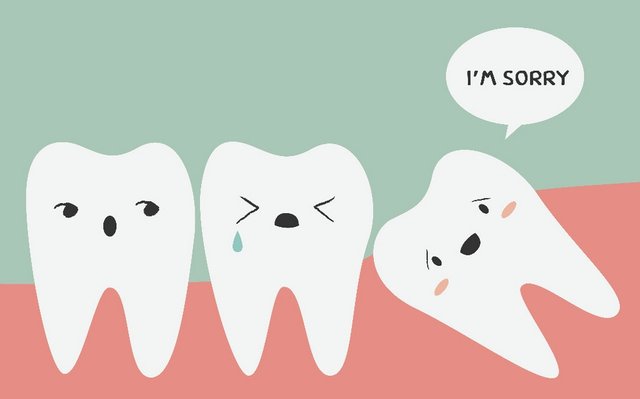
For many people wisdom teeth are a total nuisance, they generate pain, bleeding and are totally useless, but why are they there? It is claimed that they were used by our ancestors to chew the diet based on roots, nuts and raw meat.
At present this diet has changed a lot, so that its usefulness is not important for us, this implies that the jaw of the human being today has been shrinking which leaves very little room for the wisdom teeth to emerge easily, This produces discomfort and pain.
In many cases they often emerge incorrectly by inserting into the jawbone and producing infections, generating more problems than benefits.
The solution that many take is the immediate extraction, since without them we can continue with our life normally.
Body Hair
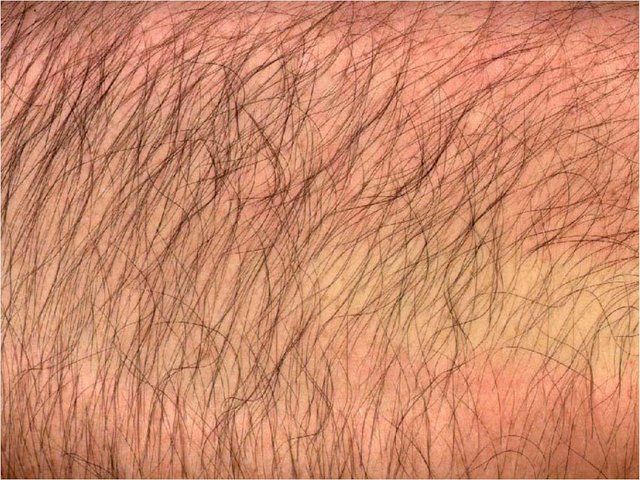
In our body much of the body hair is totally useless, and does not fulfill the functions that were important for our ancestors, as the protection of the cold and the resistance of our skin. At present, the hair of the head protects us from the cold and eyebrows prevents sweat from entering our eyes.
But in other areas of the body the hair has been a subject of debate as to the function it fulfills, for example pubic hair, a hypothesis states that it protects us from infections and protects sensitive skin from the groin, on the other hand many claim the Pubic hair is totally superfluous and that instead of protecting us from infections it propitiates them.
The hair on the legs for example, is totally superfluous and in fact there is a big industry behind the removal of body hair.
Other opinions claim that facial hair, for example, is useful in man to attract the opposite sex, but of course, this is totally subjective.
Plica Semilunar
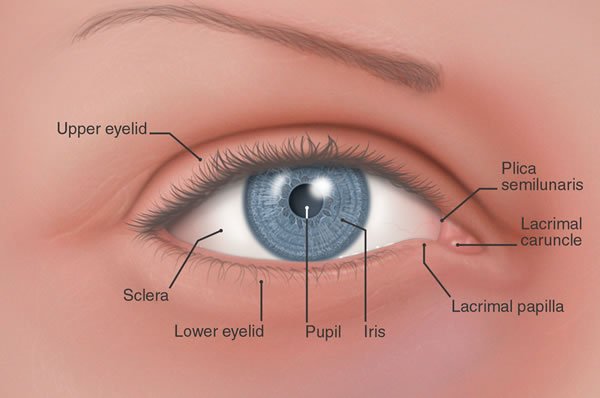
We all have a small fold in the corner of our eyes, is largely hidden by our eyelids and represents a thickening of the conjunctiva in the inner corner of the eye. It may be a vestige of what is known as the third eyelid or nictitating membrane.
This crease is found in lower animals such as reptiles, fish and birds, which serves to lubricate and clean the eye without losing vision.
Currently it is one of the few vestigial organs that still retain a function, since it serves as drainage of the tear that keeps the eye lubricated. There is very little left of this organ or part of the vestigial body of what was once.
The Pyramidal Muscle
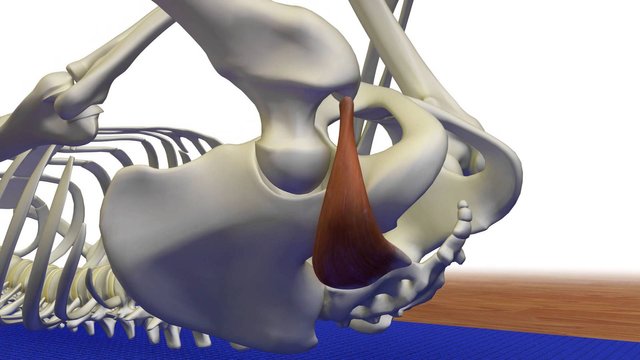
In this case there are also conflicting opinions. It is a small pyramidal muscle located in the antero-inferior part of the abdomen and joins the pubic bone. At present it exists only in 80% of humans.
For some scholars it is of no use, but others claim that its usefulness lies in the protection of the sciatic nerve, others consider it to be very important in the performance of high performance athletes in endurance sports.
The Vomeronasal Organ
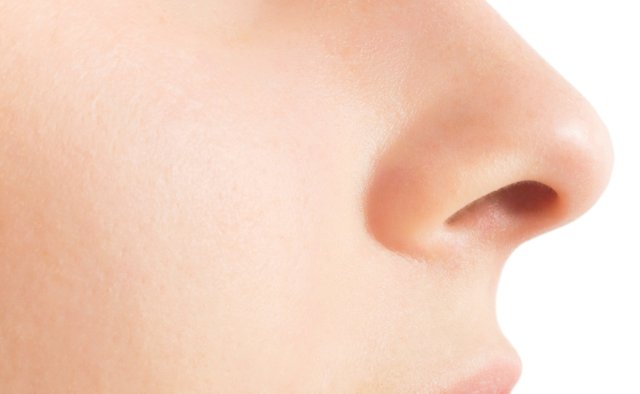
This organ is linked to non-functional chemoreceptors and is located on each side of the nasal septum, specifically in the vomer bone, between the nose and the mouth. This structure is designed to capture pheromones in the air, something that is not scientifically proven in humans.
But other species like snakes use it to smell their prey, and it is known as the organ of Jacobson. It is able to trap the odor particles left by a potential prey, the snake making the characteristic movement with its tongues traps said odor particles and carries them to this organ.
In humans it is not clear whether this is something that can be used as pheromone chemoreceptors to identify a potentially receptive partner. But that is considered as another vestigial organ.

There are many more organs in the body that are currently being discussed about their usefulness, and we will discuss them in an upcoming installment of my original series, Curiosities of the Human Body. A pleasure to bring you all this interesting information that allows us to know a little more about how we work. Thank you.
- http://omicrono.elespanol.com/2016/05/organos-vestigiales/
- https://demedicina.com/organos-vestigiales/
- http://www.vix.com/es/btg/curiosidades/3818/4-organos-vestigiales-que-conservamos
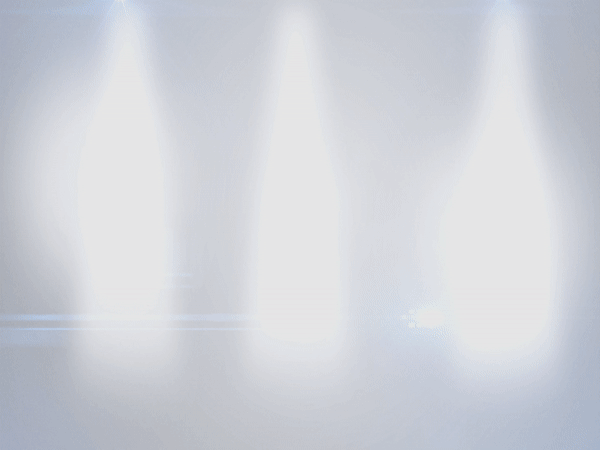
Fantastic post, even though you didn't write any mind-blowing facts I must say your post has one of the best kind of content on the Steemit community! The style and the simplicity of your article are great for science communication, I may take inspiration from you for my next posts. Followed and Upvoted!
Thanks a lot @bendelgreco
Neat! I was actually trying to remember what some of the vestigial organs were a few days ago. How serendipitous that I came upon this refresher.
These vestigial organs are one of the strongest proofs of the Theory of Evolution. You can not explain them satisfactorily unless in light of the evolution. Thx for this scientifically informative post.
que buen post amigo gracias por la información , siempre aportando información interesante a la red, un buen ejemplo de como hacerlo!!!
Gracias hermano un gusto escuchar esas palabras!! @carlagonz
hermana!! (:
Gracias por el artículo, muy interesante información.
Buen día Carlos, gracias.
Gracias amigo @titotips por complementar el airtuculo con tan vaiosa informacion. Saludos!
Nice post :)